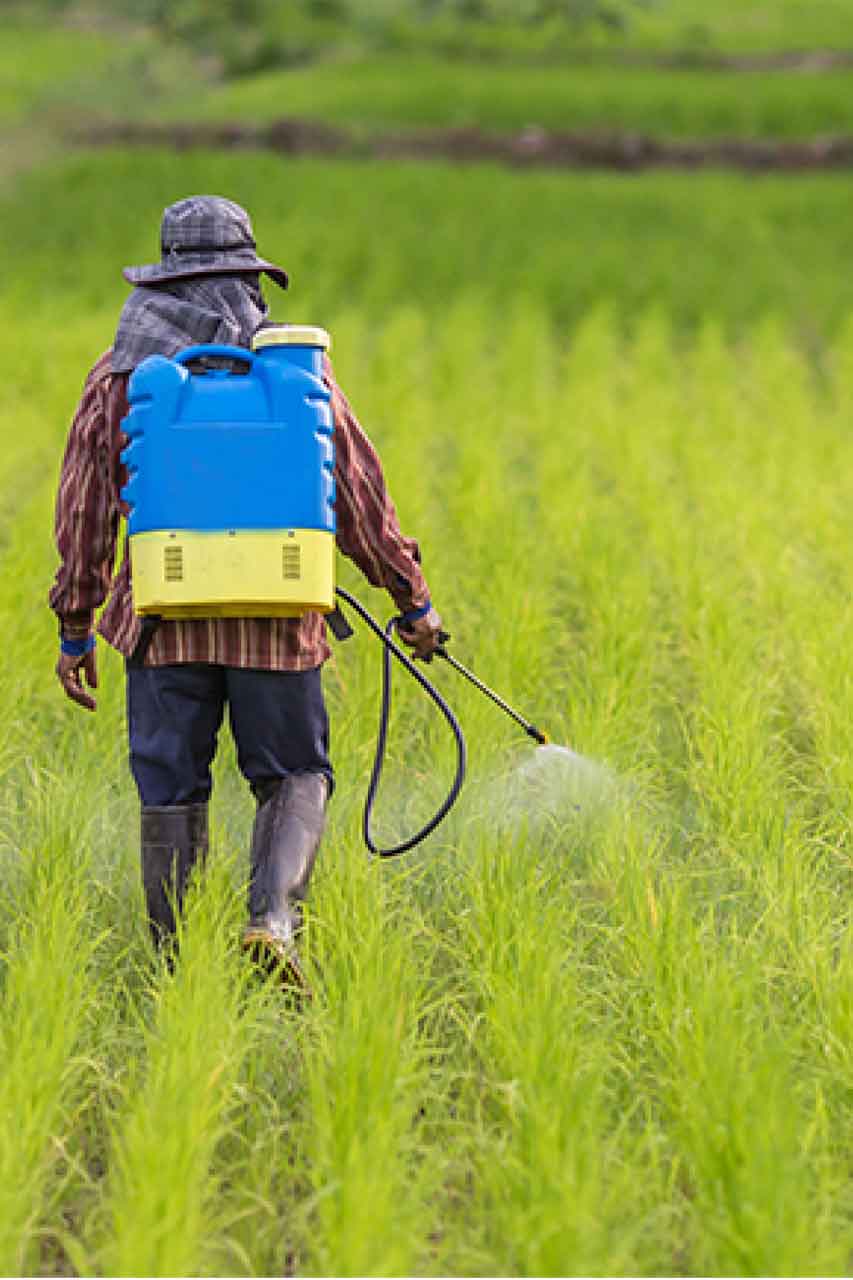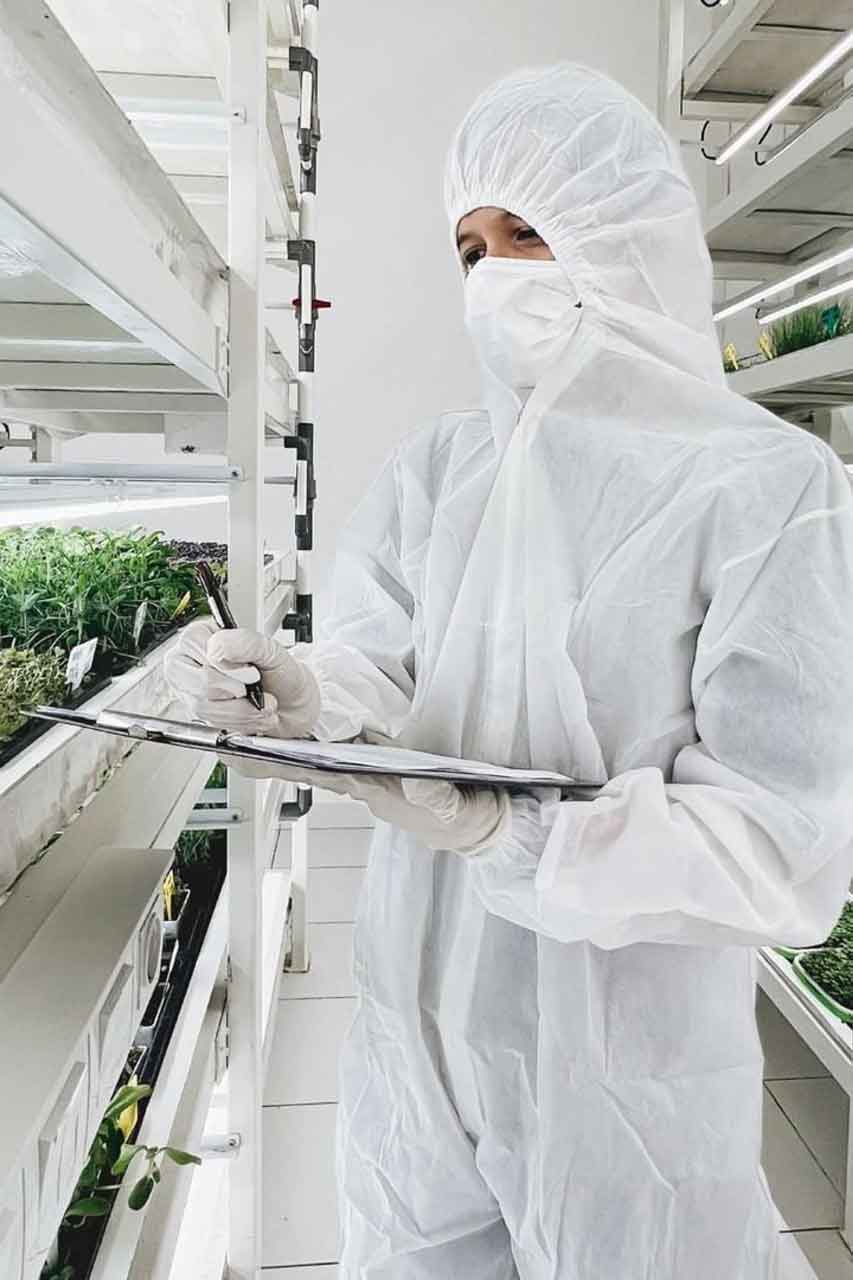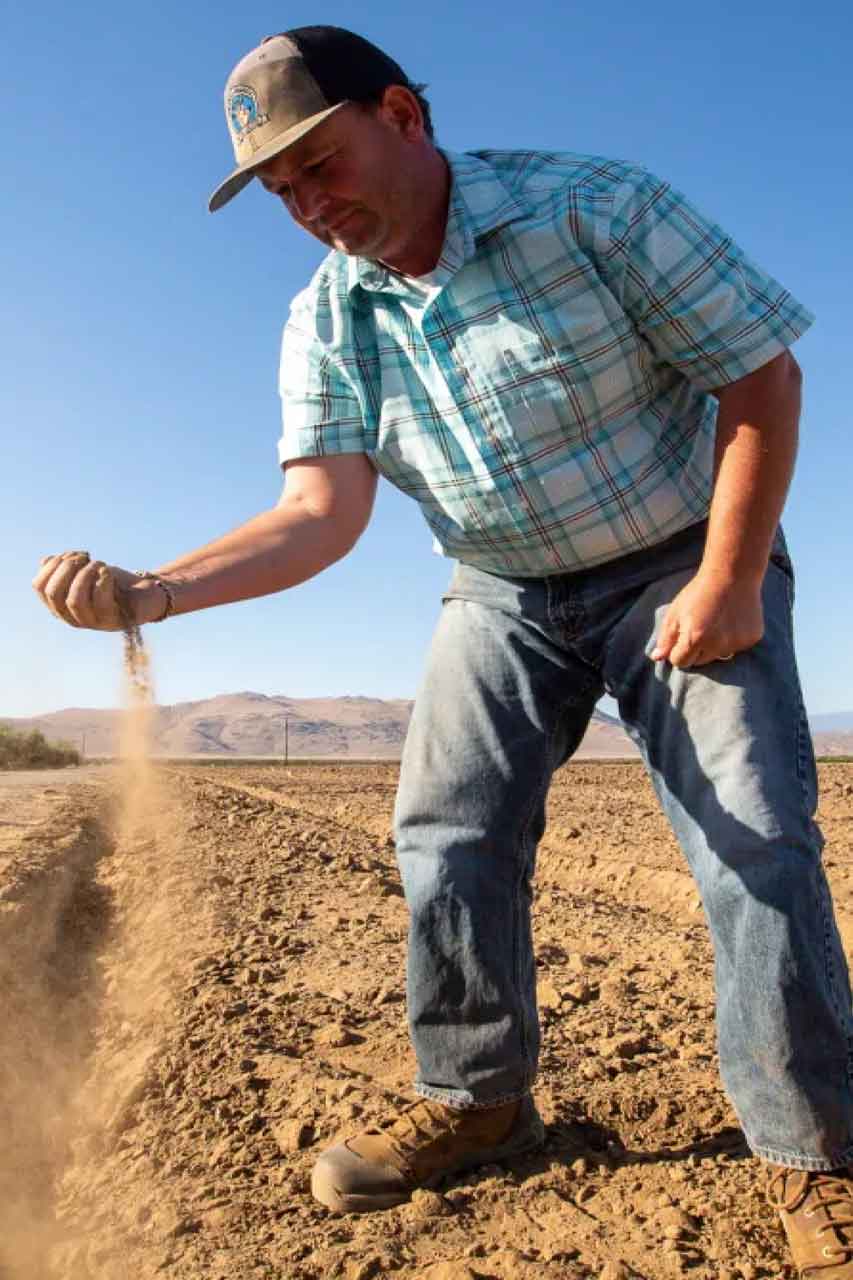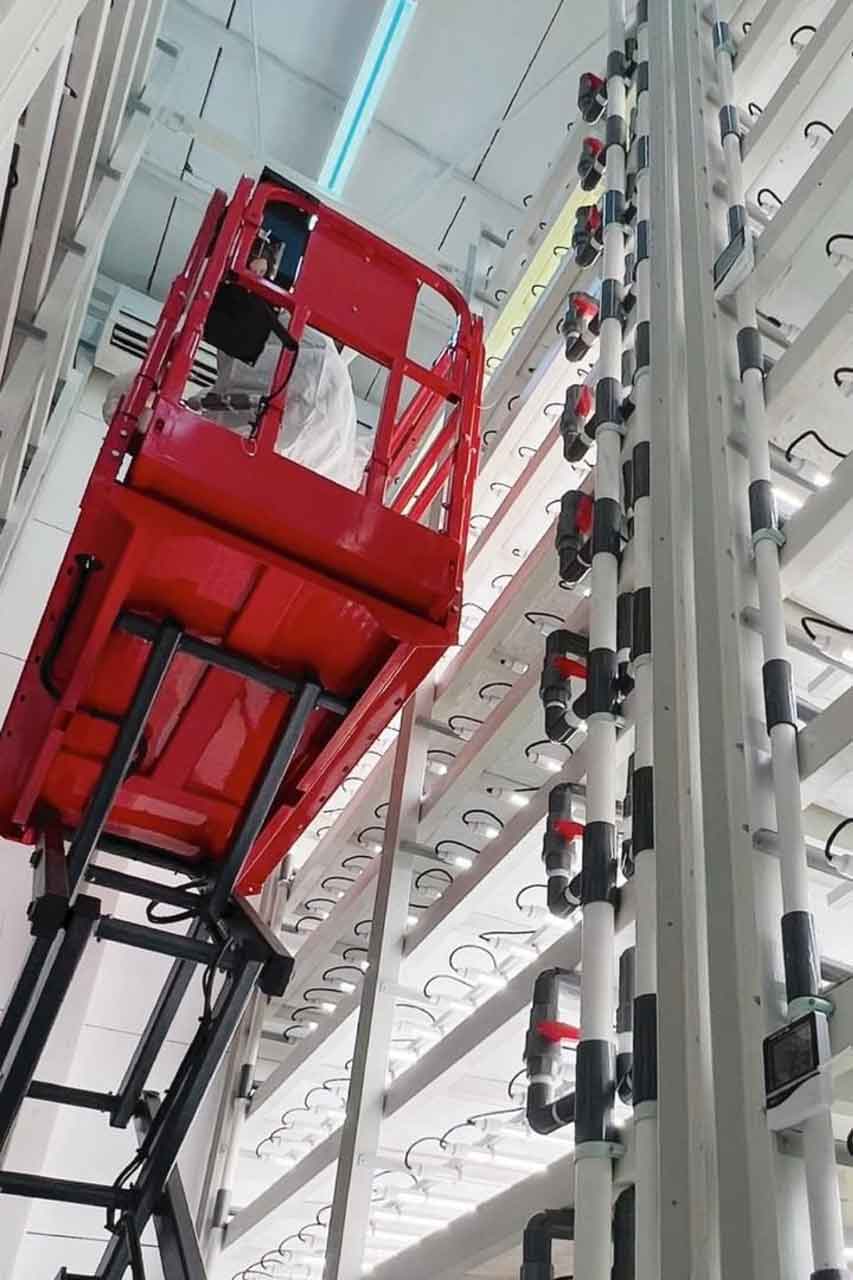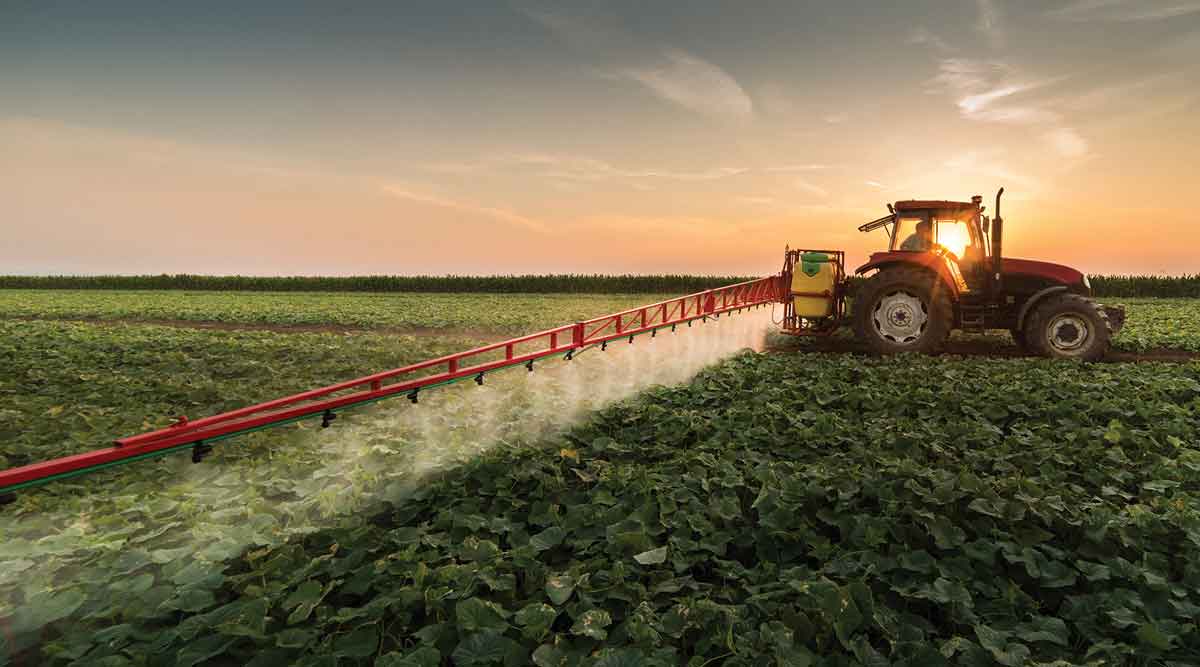There will always be novel ways to boost our food output, as demonstrated by the phenomena of vertical farming, which has quietly gained popularity since 1999. There is a lot of focus on the contentious question of whether vertical farming or traditional farming can ultimately save us as the world’s population continues to grow.
The average crop production produced by vertical farming is 240 times greater while requiring 99% less land, according to researches. Additionally, vertical farming requires zero pesticides and 95% less water. Many might come to the conclusion that vertical farming is superior to conventional farming based on the advantages exhibited here.
Despite the evident benefits of vertical farming, more research needs to be done. Vertical farming does have drawbacks and areas of weakness where traditional farming can excel and prevail. The benefits and drawbacks of both will be covered in this article, along with a closer analysis of the effects of each approach.
Traditional farming methods or vertical farming?
Not many individuals are aware that a crisis is approaching. The level of food production should rise along with the planet’s population. But regrettably, that isn’t occurring, and in the past 40 years, 30% of our arable land has become unusable. We humans are going to face a serious dilemma if this tendency keeps up.
Vertical farming was one approach to this issue. Although variations of this method have been used historically for a very long time, it wasn’t until 1999 that a professor at Columbia University developed the concept to its full potential. The concept took off after he developed the framework for a for-profit vertical farm in 2001, and we are now witnessing it gaining popularity not only in Indonesia but across the world.
We are all familiar with conventional farming. We are aware of it, comprehend it, and consider it to be normal. It does not seem very appealing or like “fresh foods” to think that our food is being grown in a warehouse with the help of LED lights. Instead, many people would assume that food that is developed in a sort of “lab” would taste bad.
Vertical farming effects
The unresolved issue of population growth in urban environments is addressed through vertical farming. How are we going to feed them, especially with fresh foods? In order to get the answers to these issues, vertical farming employs two strategies. There are two types of systems: wall-mounted and multi-layered, which integrate multiple warehouse floors.
Regardless of how the farmer arranges his or her plants, all three types of growth systems—hydroponics, aquaponics, and aeroponics—will be used. The most popular method of growing plants indoors is hydroponics, which dispenses the need for soil entirely. Instead, it immerses the plant in a mineral fertilizer solution to promote plant growth. It is checked to make sure the plant is getting what it needs from that solution.
Despite being the least popular of the three, aquaponics has several intriguing components that are likely to grab your attention. By combining fish and plants, they become a strong team that depends on one another. The fish’s environment generates nutrient-rich excrement, making it the perfect plant nourishment. The water is then delivered back to the fish, starting a cycle, after being filtered out by the plants and purified.
As opposed to the other two methods, aeroponics largely relies on an air and mist environment, using 90% less water. The mist would be richly infused with nutrients and occasionally give the naked roots a puff because the roots would also be free of earth. This approach would be quite beneficial because traditional agriculture uses 70% of the water in the world each year.
Pros
- Crop production all year round
- No pesticides or chemicals are required.
- Because 95 percent less water is utilized, it can be used in other areas of life where it is required.
- The price of land is rising, particularly in urban areas. With this technique, it would be possible to set up vertical farms in any vacant office, vacant warehouse, even shipping containers.
- Because the food may now be cultivated nearby or inside city limits, fresher foods are now feasible for urban settings.
Cons
- Manual pollination of the plants would cost a lot of money and take a lot of time. More interactions between people and plants would be necessary.
- The vertical farm would suffer a terrible loss if the building lost power even for one day.
- Because some plant species take too long or are not suitable for the procedure, there isn't as much variety available in vertical farming yet.
Effects of Traditional Agriculture
Traditional farming involves a number of techniques.
The methods utilized to produce the food we eat today include crop rotation, intercropping, and cover crops. We observed a rise in the use of pesticides to prevent disease and manage pests in our crops as farmers learned more about how chemistry may better influence crop production.
